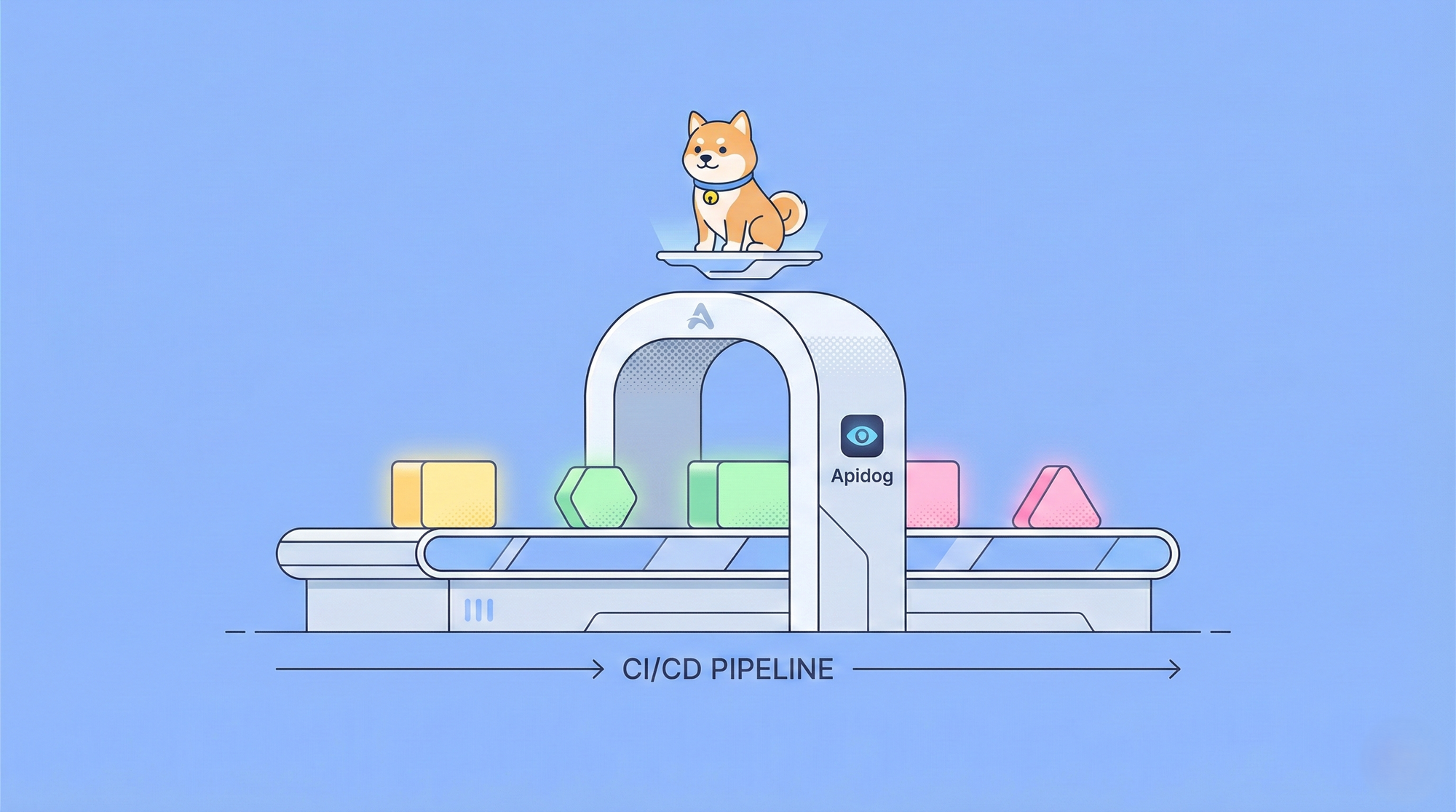API gateway authentication is a critical component of ensuring the security and integrity of your APIs. With Apidog 's comprehensive authentication options, you can seamlessly configure and implement robust security measures for your APIs. In this step-by-step guide, we will walk you through the process of setting up API gateway authentication using Apidog 's intuitive interface.

Apidog stands as an all-encompassing toolkit that empowers software development teams across the entire API lifecycle. Engineered to streamline the optimal practices of API Design-first development, Apidog takes shape as a resilient platform that simplifies the intricacies of API management and security challenges.
Apidog API Gateway's Features:
Versatile Authentication Options: Apidog offers a wide range of authentication methods, from basic username-password authentication to advanced approaches like Bearer tokens, OAuth, and JWT. This flexibility lets developers choose the authentication mechanism that best suits their application's security needs.

User-Friendly Interface: Apidog boasts an intuitive and user-friendly interface catering to developers of all skill levels. The platform's straightforward design simplifies the process of configuring, managing, and monitoring APIs, eliminating the need for complex technical know-how.
Fine-Grained Access Control: Apidog empowers developers to establish granular access controls, assigning specific permissions to different users or clients. This precision ensures that API resources are only accessible to those with the necessary authorization.
Integration Support: Apidog is designed to seamlessly integrate with existing development and deployment workflows. With support for popular tools and platforms, Apidog ensures a smooth and efficient API security implementation process. This integration support simplifies the transition to Apidog and minimizes disruptions to existing development practices.
Step-by-Step Guide to API Gateway Authentication
Log In to Your Apidog Account
Begin by logging in to your Apidog account. If you don't have an account, sign up and complete the registration process.
Access Your API Overview
After logging in, you will be directed to your API dashboard. This is where you will manage and configure your APIs.

Select the API to Authenticate
From your API dashboard, locate the API for which you want to set up authentication. Click on the API to access its settings.
Navigate to the Authentication Section
Within the API settings, navigate to the "Auth" section. This is where you will configure the authentication method for your API.

Choose Your Preferred Authentication Method
Apidog offers a variety of authentication methods. Choose the method that best aligns with your security requirements. This could be API Key, Bearer Token, Basic Auth, OAuth, or any other supported method.
Configure Authentication Settings
You will need to provide specific details depending on the chosen authentication method. For example, if you are setting up API Key authentication, you will generate an API key and define its scope. If you opt for Bearer Token, you'll configure token expiration and refresh mechanisms.

Apply Authentication Settings
Once you have configured the authentication settings, save your changes. Apidog will apply the chosen authentication method to your API.

Generate and Manage Credentials
You may need to generate credentials for methods like API Key, Bearer Token, or OAuth. Apidog provides an interface to manage these credentials, ensuring a smooth authentication process.
Update Your API Code
Depending on the authentication method, you may need to update your API code to include the necessary headers or tokens in the requests. Apidog often provides generated code snippets to assist you in this process.

Test Your Authentication
With authentication set up, it's time to test its effectiveness. Use tools like Postman or cURL to send requests to your API, including the required authentication details. Ensure that authenticated requests are successful and unauthorized requests are appropriately denied.

Monitor and Analyze
Once authentication is live, use Apidog 's built-in analytics tools to monitor and analyze API usage. Track metrics such as successful authentication rates, response times, and error rates. This data will help you optimize your authentication setup over time.

Following these step-by-step instructions, you can confidently set up API gateway authentication using Apidog 's intuitive interface. Whether securing internal services, building a public-facing API, or enabling third-party integrations, Apidog 's authentication features provide the security foundation your APIs need to thrive in today's digital landscape.
Best Practices for Secure Authentication
To fortify your API gateway with robust authentication, consider implementing the following best practices to safeguard your valuable resources:
- Implementing Strong Password Policies
- Two-Factor Authentication (2FA) - Adding an Extra Layer of Security
- Regularly Updating Credentials and Tokens
- Centralized Identity Management
- Limit Authentication Attempts and Implement Lockouts
- Monitor and Detect Anomalies
- Secure Communication Protocols
- Regular Security Audits and Penetration Testing
- Educate Users About Phishing and Social Engineering
- Continuously Update and PaAtch
By adhering to these practices, you can establish a robust and layered authentication approach, bolstering the security of your API gateway and ensuring the protection of your sensitive data and resources.
Conclusion
In conclusion, we have uncovered a crucial layer of defense for digital systems. With the insights gained from this guide, you now understand why authentication matters and the tools at your disposal, like the Apidog API Gateway, to implement it effectively. By weaving these safeguards into your APIs, you build secure applications and establish trust with users and partners.




